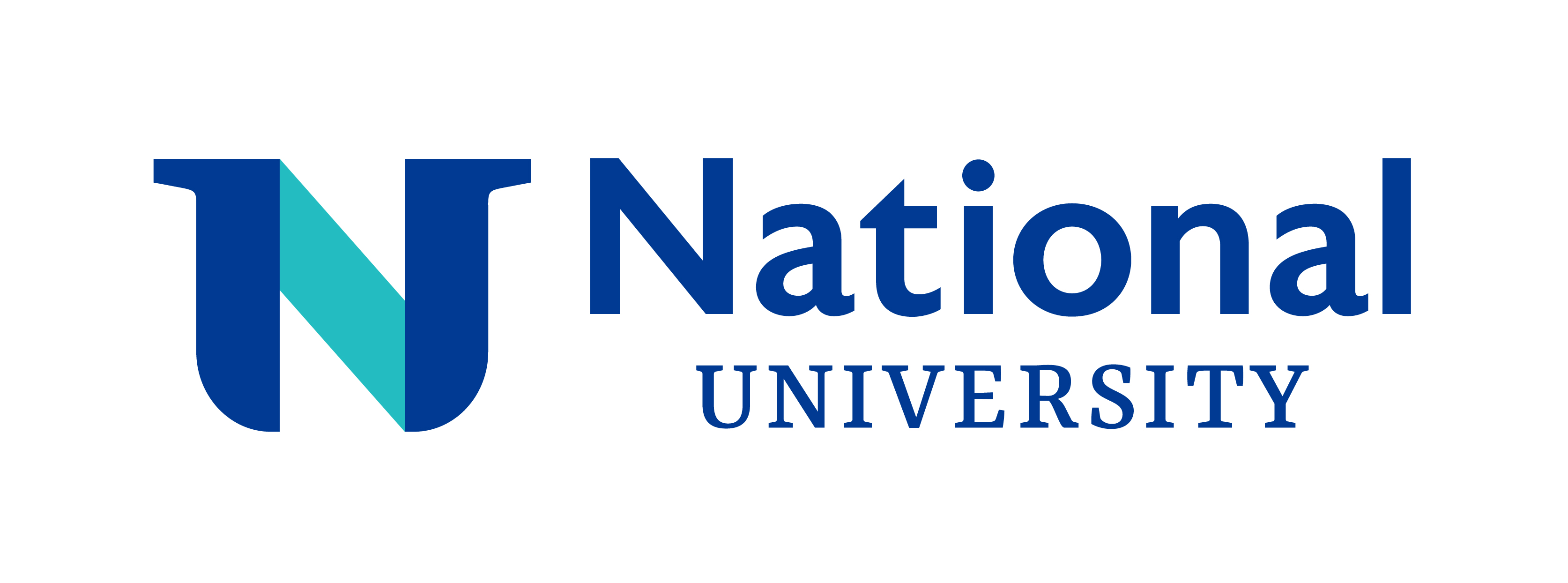TEDX1901X - Supporting At-Risk Young Learners & Their Families
Course Description
This course is designed to help Early Childhood Educators gain strategies to reach and teach young children who are at risk of not meeting their potential. Participants will learn the internal and external factors that place a child at risk, how heredity and environment affect a child’s development, the characteristics of various risk factors, and interventions for each risk factor. A major emphasis will be on the family’s influence on the child’s development and how Early Childhood Educators can work with families to support their child’s growth in all areas of development.
The course is divided into four chapters. The first chapter defines “at-risk” factors, reviews early childhood development, and presents information about adverse childhood experiences. The second chapter presents the various external environmental and family factors that contribute to a child’s being at risk. The third chapter discusses the internal, child-centered factors of risk. And the fourth chapter presents the problems trauma and abuse cause the developing child. The chapters are sequential and should be completed in the order in which they are presented. At the end of each chapter, there will be an examination covering the material. Students must complete the examination before proceeding to the next chapter. In some of the examinations, questions will involve case studies to provide further practice in the application of knowledge. This course is appropriate for educators who seek training in working with children ages birth to 8 years and for professionals who work directly with families.
Although this course is a comprehensive presentation of the educational issues surrounding adverse childhood experiences and their influence on a child’s development, there is certainly a wealth of research and topics that are not covered in the scope of this course. The instructor highly recommends that you augment your readings from this course with further research to gain a fuller understanding of the complexities of this subject. However, the material presented in this course will give you a broader understanding of the topic. It will also give you information to apply directly to your work with students in the classroom and the community.
Learning Objectives
- Understand the educator’s role in identifying and providing interventions for at-risk young children.
- Recognize the symptoms of a child and/or their family being at risk
- Understand what adverse childhood experiences are and how they affect a child’s growth and development
- Understand the external and internal causes of a child’s being placed at risk in families and society
- Understand the special learning needs these students bring to the classroom
- Gain techniques for supporting students and families affected by negative factors
- Learn intervention techniques applicable to early childhood settings
- Gain a wider knowledge of available outside resources and support systems
- Understand the educator’s role in the intervention and prevention of developmental delays
- Understand how the family is the child’s primary influence and the role their choices make in the child’s early development?
Prerequisites
There are no prerequisites.
Notes
As a student you will be expected to:
- Complete all four information sections showing a competent understanding of the material presented in each section.
- Complete all four section examinations, showing a competent understanding of the material presented. You must obtain an overall score of 70% or higher, with no individual exam score below 50%, and successfully complete ALL writing assignments to pass this course. *Please note: Minimum exam score requirements may vary by college or university; therefore, you should refer to your course addendum to determine what your minimum exam score requirements are.
- Complete a review of any section on which your examination score was below 50%.
- Retake any examination, after completing an information review, to increase that examination score to a minimum of 50%, making sure to also be achieving an overall exam score of a minimum 70% (maximum of three attempts). *Please note: Minimum exam score requirements may vary by college or university; therefore, you should refer to your course addendum to determine what your minimum exam score requirements are.
- Complete all course journal article and essay writing assignments with the minimum word count shown for each writing assignment.
- Complete a course evaluation form at the end of the course.
Estimated Time of Completion
40 Hour(s)
Access Time
365 Days
Credits
4.0 CEUs

